
1975 Pong Tele-Games Pong home console
Following the massive success of their 1972 Pong game, Atari sought partnerships to help bring their arcade classic to the home console market that sprang up in the wake of the Magnavox Odyssey. Sears answered the call and obtained exclusive rights to manufacture a home console featuring Pong for that holiday season; the resulting console was branded “Tele-Games.” The Tele-Games Pong achieved a huge success with its colored graphics and built-in speaker.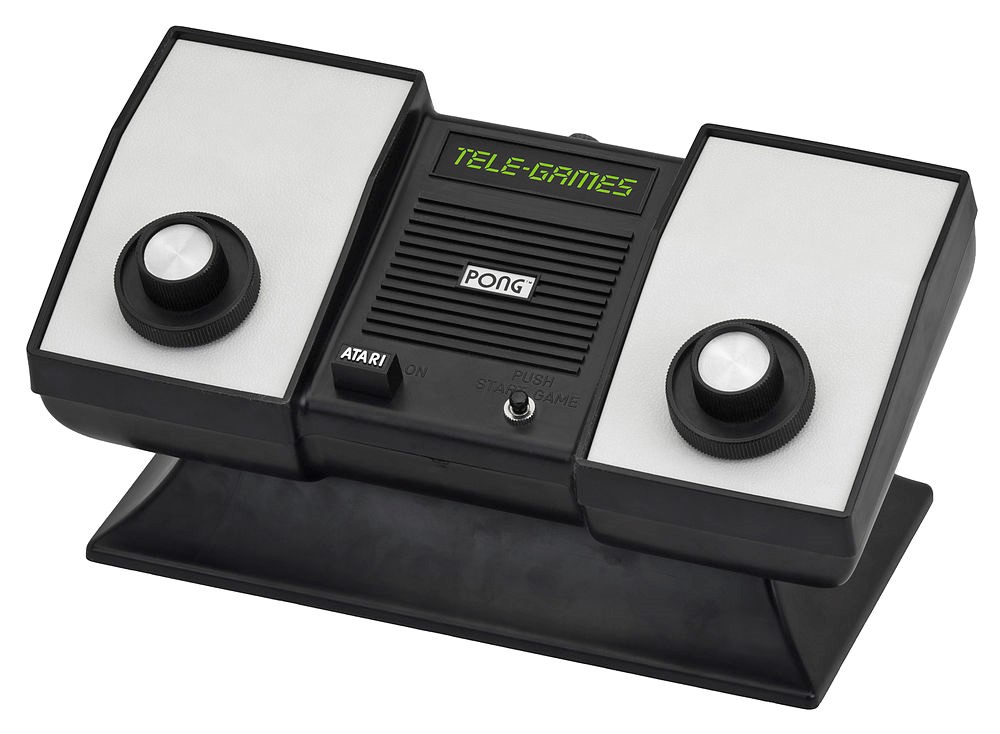 1977 Atari 2600
1977 Atari 2600
Profits from the Sears Tele-Games deal enabled Atari to manufacture its own console, originally called the Atari VCS (Video Computer System) and later renamed the Atari 2600. The console was credited for popularizing microprocessor-based hardware and ROM cartridges containing individual games rather than games built right into the hardware. This approach allowed programmers to drastically expand the library of available games to include titles other than Pong clones for a change; titles such as Pacman, Breakout, Indy 500, Air-Sea Battle, and more. Packaging the console with a number of these titles made it an instant holiday hit in the winter of 1977.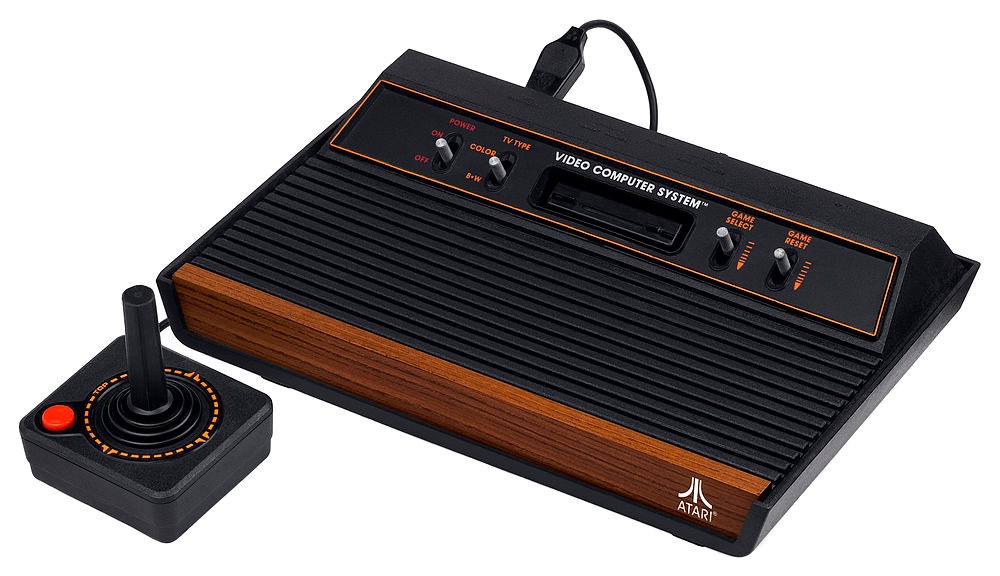
1979 Milton Bradley’s programmable BigTrak Vehicle
The programmable BigTrak was a six-wheeled toy vehicle that embodied the sci-fi craze the gripped the late '70s following the box office success of George Lucas’ Star Wars and Steven Spielberg’s Close Encounters of The Third Kind. It featured 16 commands that could be programmed in sequence using the keypad on its back to allow it to roam the house and make blasting sound effect. 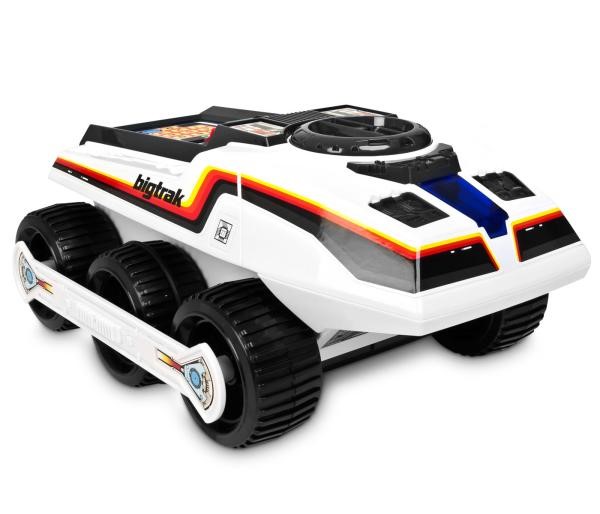 1985 Teddy Ruxpin
1985 Teddy Ruxpin
Developed by World of Wonders (WoW), Teddy Ruxpin gained big traction when it launched in September of 1985, selling 75,000 units per month up until a Christmas blowout. In essence, Teddy Ruxpin was a talking animatronic that read children stories aloud by playing cassette tapes that were inserted into its back; moveable eyes and mouth enhanced the experience. A future version replaced the cassette with cartridges resembling 8-track tapes.
1986 Lazer Tag
Another of WoW’s major accomplishments was the Lazer Tag pursuit game, whose object was to shoot other players wearing an infrared target using an infrared-emitting device shaped like a gun. The success of WoW’s Lazer Tag eventually spawned an entire recreational genre of game called laser tag, which is played similarly to paintball minus the painful projectiles.
1989 Gameboy
Nintendo’s Gameboy was the first handheld console that got it right. Released around the same time as Atari’s handheld Lynx, Sega’s GameGear, and the TurboExpress, which respectively cost $149.99, $189.95, and $249.99, Gameboy only cost $89.95 and came bundled with Tetris. Alex Pajintnov’s block stacking game was perfectly suited for the short spurts of gaming exemplified by portable consoles. Tetris’ simple gameplay was unhindered by Gameboy’s limited screen capabilities. Couple this with the marketing momentum riding off the Nintendo Entertainment System, and it’s easy to see why Gameboy sold over a million units during its first Christmas season.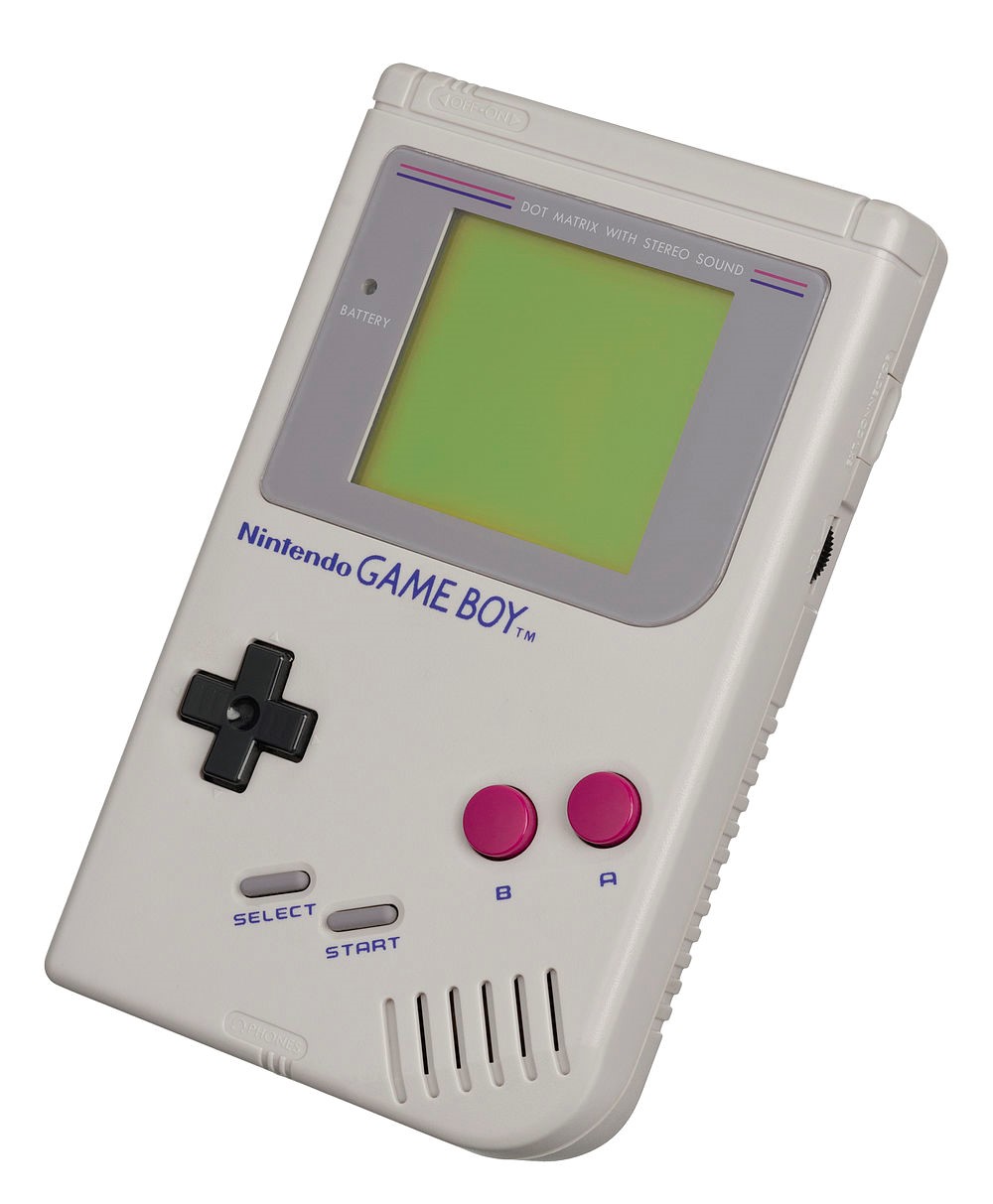
1998 Furby
Furby is the classic embodiment of the must-have electronic toy. Released in 1998 by Tiger Electronics, the robot sold 1.8 million units during its first holiday season, 14 million in 1999, and another 14.2 million in 2000. Furbies were equipped with touch sensors and animatronic features that responded to human interaction. Their enormous popularity stemmed from the perception that the toy possessed an “artificial intelligence,” since it arrived speaking the fictional language of Furbish, and must gradually learn how to speak its domestic tongue over time. In truth, the toy was actually programmed to speak less Furbish and more English as time went on, but many believed otherwise since Furbies repeated certain words more often if they were petted whenever they said such words. 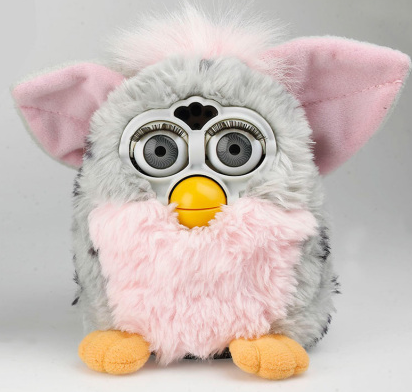
2000 DVD players
The initial batch of DVD players hit North American shores around the spring of 1997 and cost approximately $1,000. At this stage, DVDs were just beginning to replace VHS tapes and their libraries were extremely limited. Three years later, the cost dropped nearly tenfold to around $100 justifying. Three years after that, the cost of the average player was $50. 2004 iPod
2004 iPod
Apple’s ingenious iPod single-handedly made MP3’s accessible and mainstream. Realizing that existing digital music players were clunky and awkward with difficult-to-navigate interfaces, Apple developed its own solution that was the complete opposite: sleek, fun, and sexy. Its signature aesthetic look and marketing prowess elevated the device way above its competitors although the device only really took off in 2004 after it was no longer exclusively locked to Mac computers.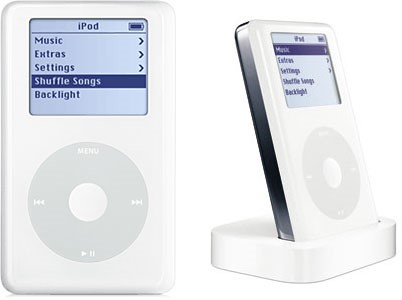
2004 Robosapien
Similar to the Furby from six years prior, Robosapien was another robotic toy that reacted to touch and sound; but unlike the Furby, Robosapien could be programmed to perform 67 functions and included presets like dancing, whistling, and high-fiving. Robosapien is controlled by an infrared remote control included with the toy, or by a computer equipped with an infrared transmitter. 2005 Xbox 360
2005 Xbox 360
In an effort to launch its next-generation console ahead of the 2005 winter holidays, as well as its competitors, Microsoft’s Xbox 360 launch was filled with limited supplies. Similarly, 3% of the first issued units were prone to the infamous “red ring of death” hardware deficiency. Nonetheless, as with all major console releases, hungry customers camped outside retailers for hours awaiting their Xbox 360. Launching at such a critical time placed the 360 on the Christmas list of many American households. By the end of 2005, Microsoft sold 1.5 million units, including 900,000 in North America, 500,000 in Europe, and 100,000 in Japan.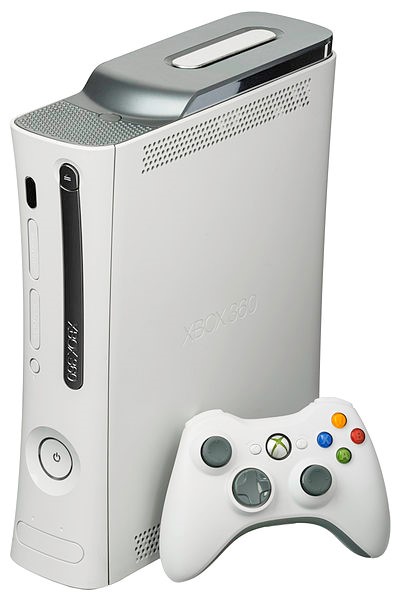
2007 Amazon Kindle
The first-generation Amazon Kindle was released in the winter of 2007 amidst the holiday season and sold out in merely five hours. Like the iPod’s effect on MP3 players, the Amazon Kindle was directly responsible for imparting the glory of e-readers to the unrefined masses.
2006 Nintendo Wii
Demand for the Wii surpassed Nintendo’s projections by such a vast quantity, that the console remained in short supply throughout the subsequent calendar year (2007). Unlike Xbox 360 and PlayStation 3, which felt like improved versions of their predecessors, Wii was the only next-generation console to innovate by thinking outside of the box. The console’s controller, known as the Nunchuk, combined a built-in accelerometer and infrared detection system to sense its position in 3D space when pointed at a sensor. This feature revolutionized the type of games that could be designed, allowing users to simulate virtual motion through their own physical motion.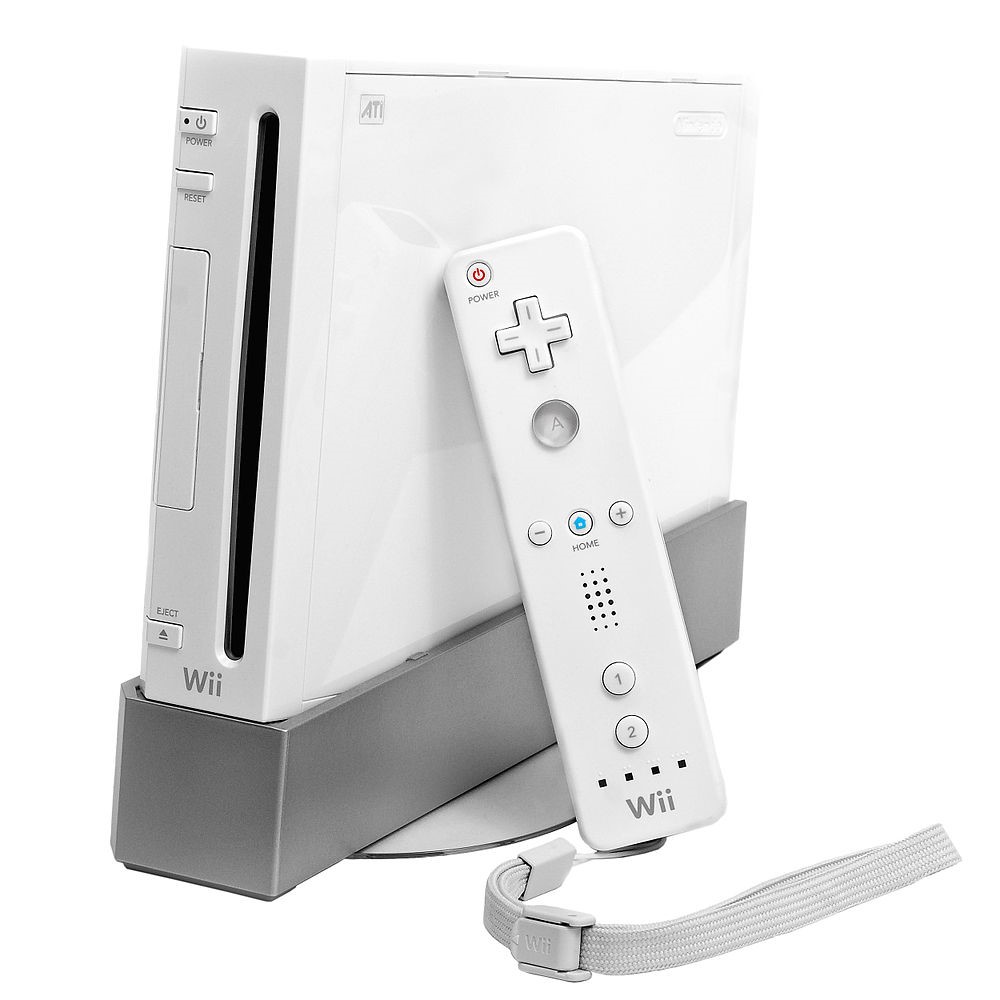
2007 iPhone
“It was so crazy that you even had to stand in line during Christmas,” chimed in my colleague on the subject of the iPhone. Although the first-generation iPhone was released in June of 2007, demand continued to surge for the rest of year as consumer sought to own what was essentially an iPod with Internet and phone capabilities.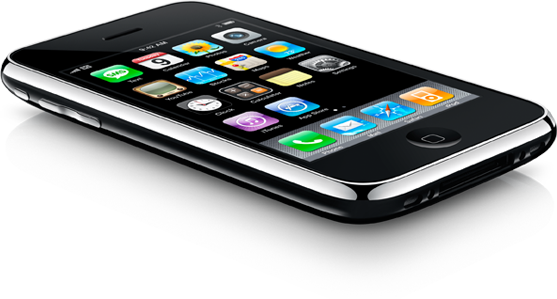
2010 iPad
The original iPad was launched in the spring of 2010, just shy of the 2009 holiday season. This had no effect on Apple, who went on to sell seven million units in the winter of 2010. The combined iPad, iPhone 4, and Mac sales produced a record-breaking quarter for the company.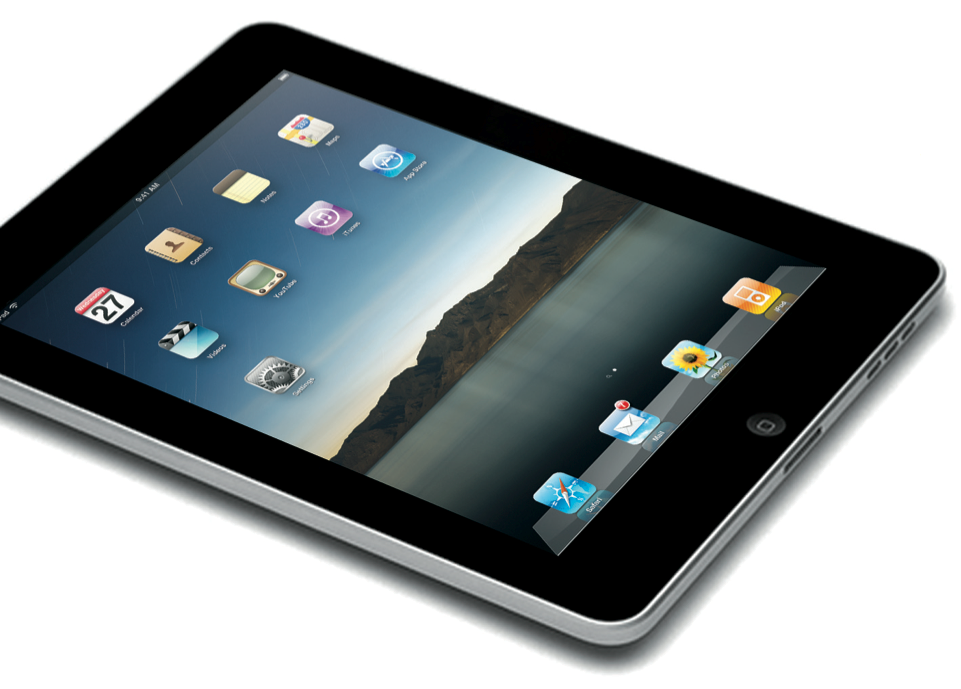
Advertisement
Learn more about Electronic Products Magazine





